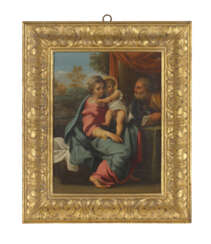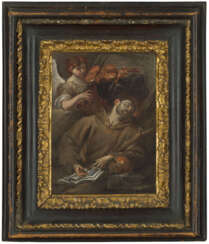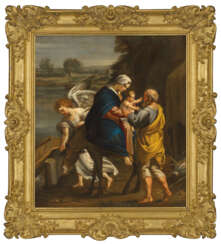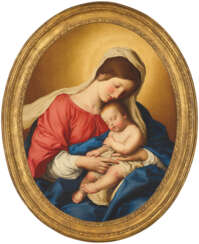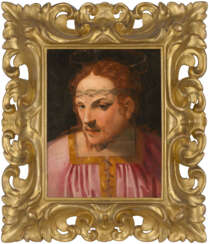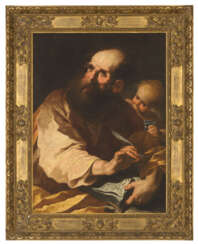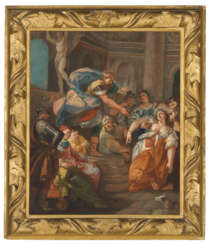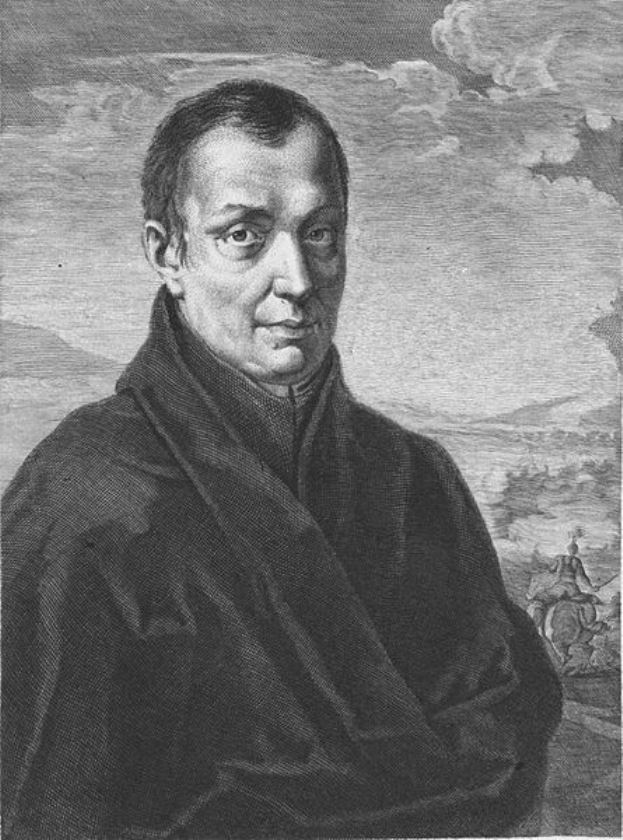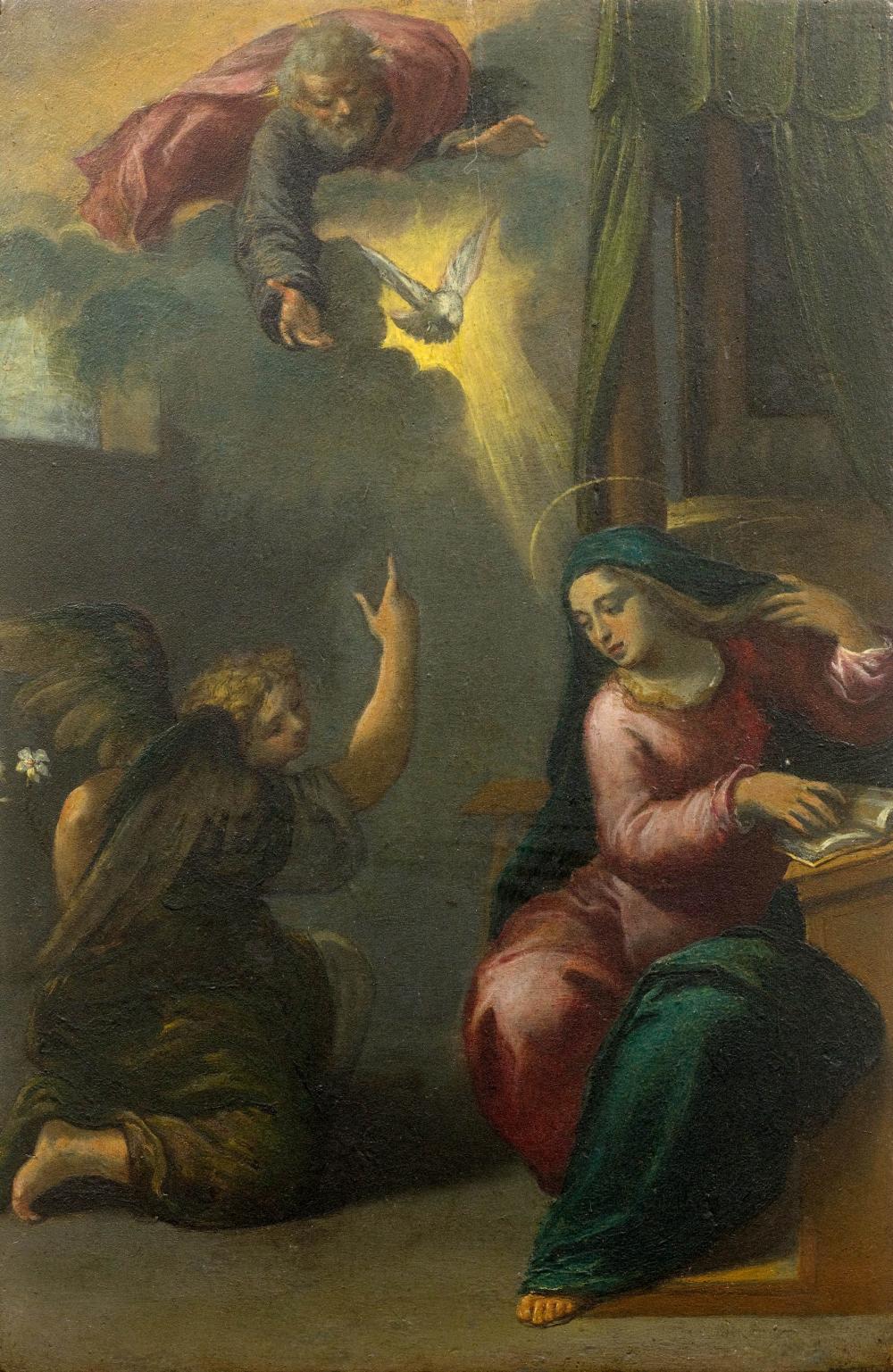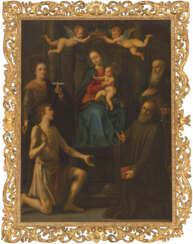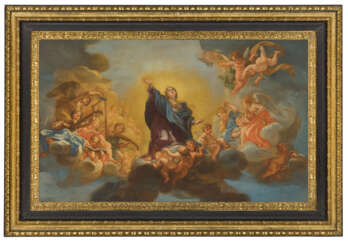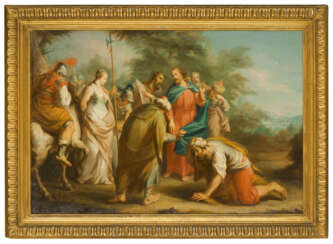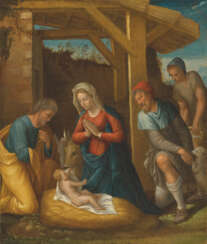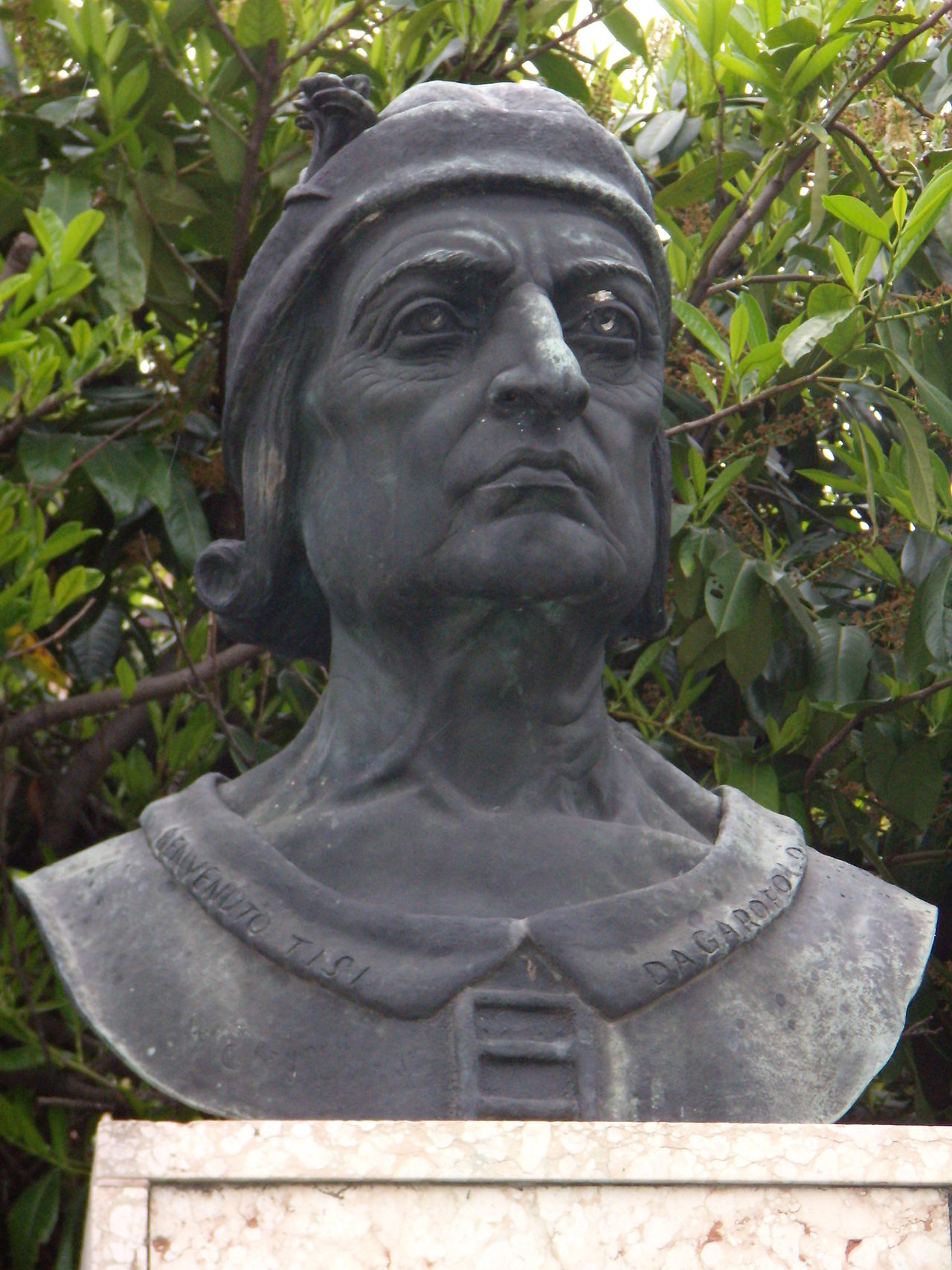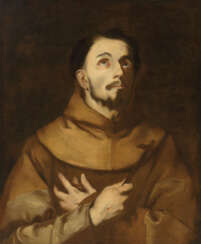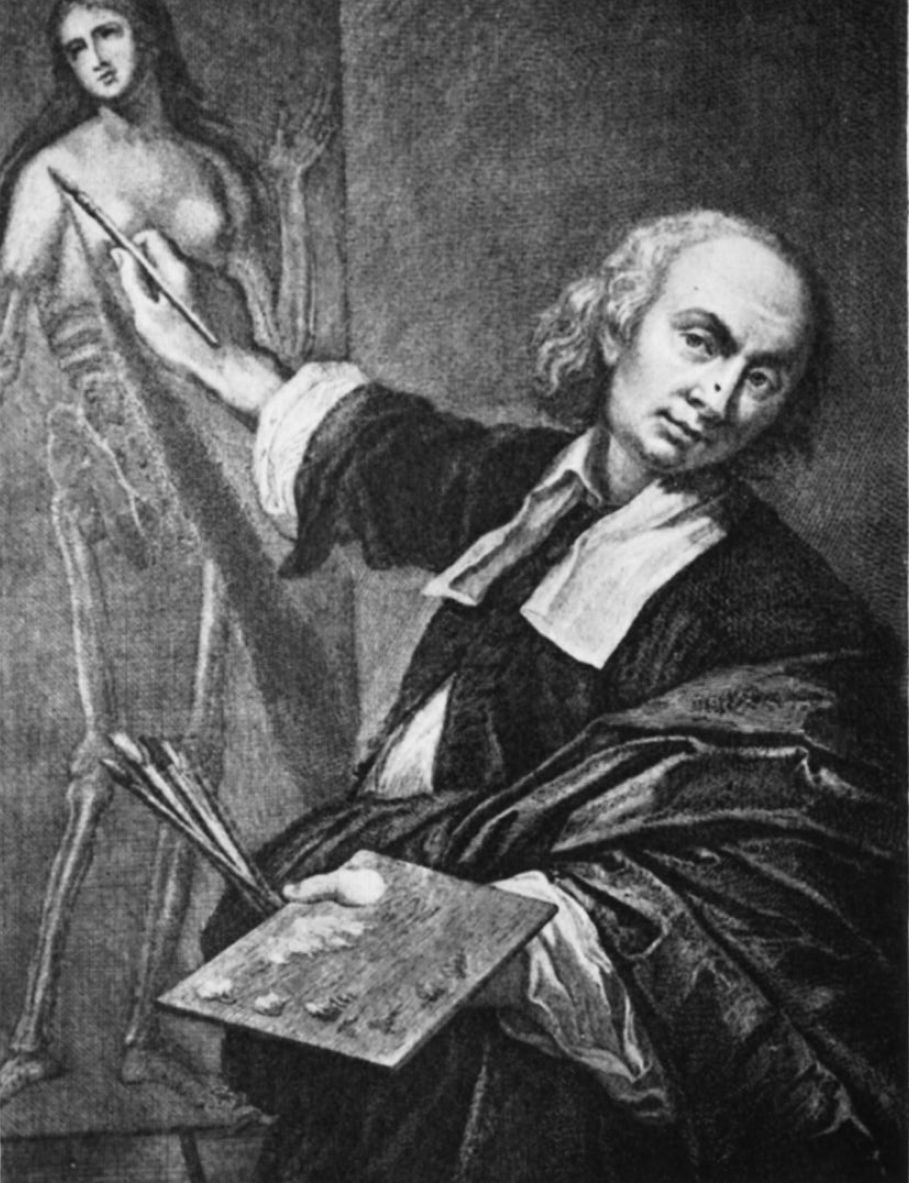
Religious genre — Discovering Old Masters: The Legacy of Piero Corsini
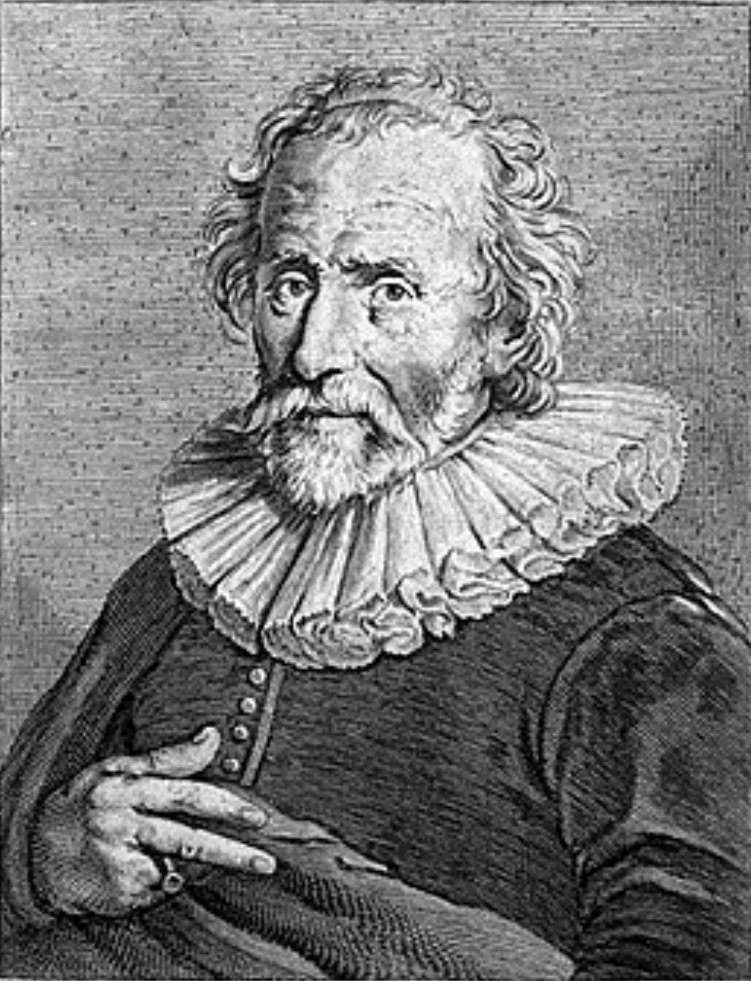
Abraham Bloemaert was a Dutch painter, draughtsman, and printmaker from the Golden Age of Dutch painting, one of the founders of the Guild of St. Luke in Utrecht. Bloemart was a caravagist. He painted mainly landscapes, mythological and biblical scenes, and pastoral works.
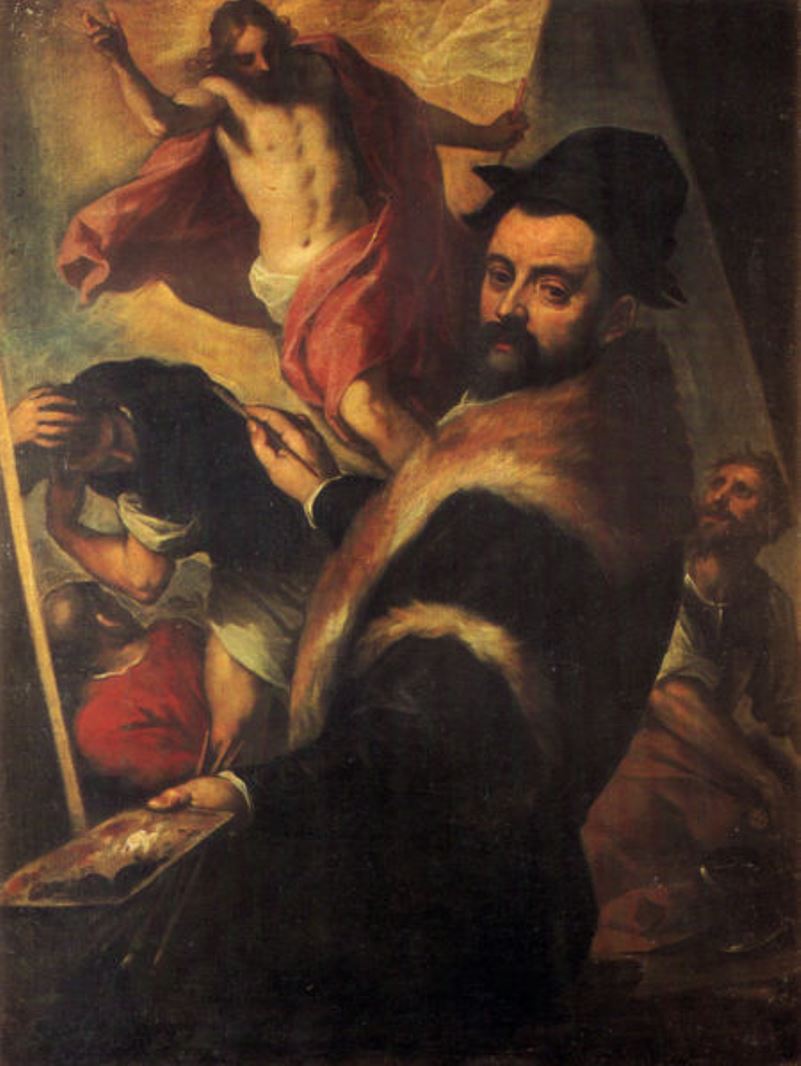
Iacopo Negretti, best known as Jacopo or Giacomo Palma il Giovane or simply Palma Giovane ("Young Palma"), was an Italian painter from Venice and a notable exponent of the Venetian school. After Tintoretto's death (1594), Palma became Venice's dominant artist perpetuating his style. Outside Venice, he received numerous commissions in the area of Bergamo, then part of the Venetian Domini di Terraferma, and in Central Europe, most prominently from the connoisseur emperor Rudolph II in Prague. Rejecting Mannerism in the 1580s, he embraced a reformist naturalism.[6] He varied the ingeniously synthesised amalgam according to subject matter and patrons' own eclectic and conservative tastes, with "virtuoso skill and a facile intelligence". Palma il Giovane went on to organize his own, large studio which he used to produce a repetitive series of religious and allegorical pictures that can be found throughout the territory of the Venetian Republic.
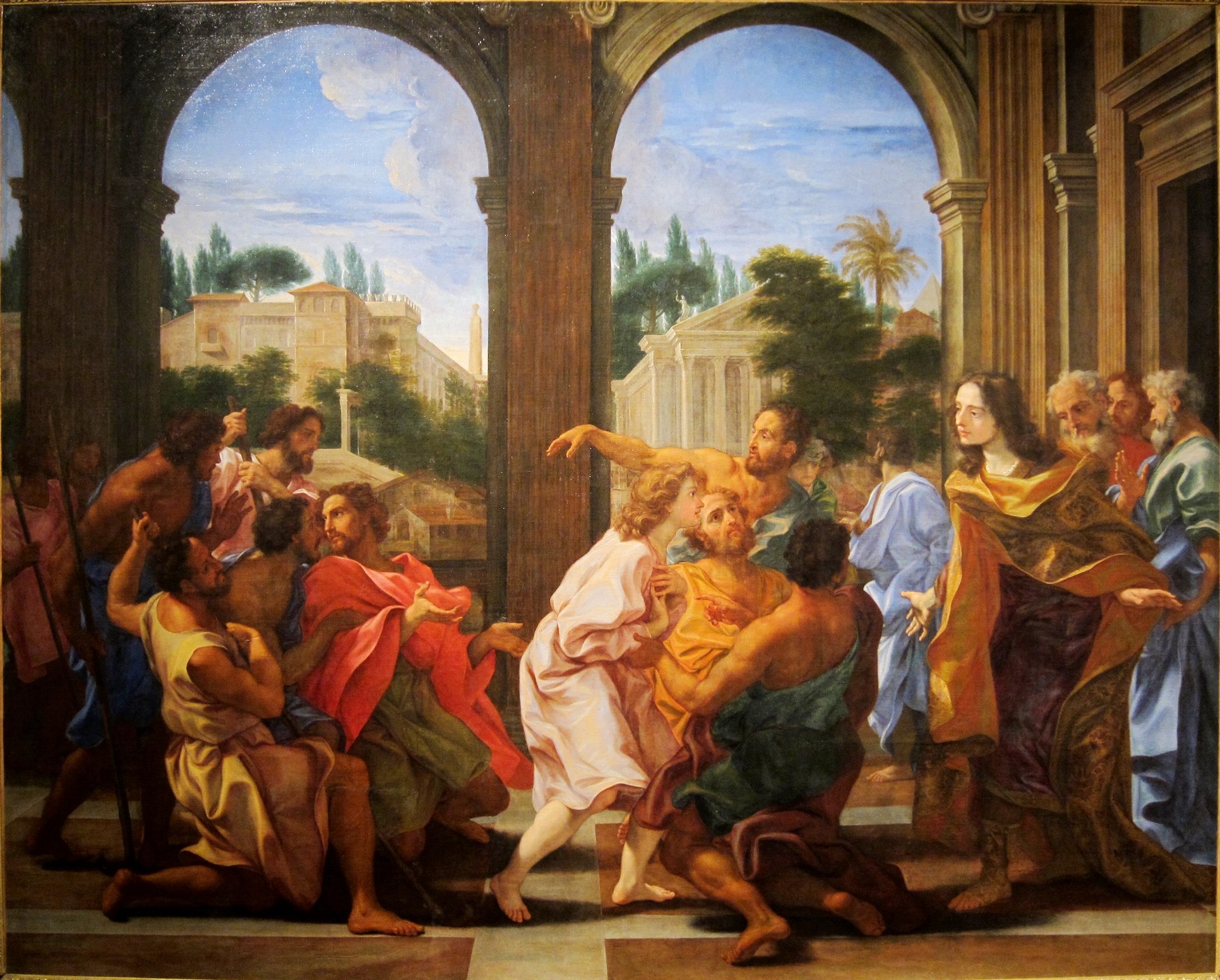
Giovanni Battista Gaulli was an Italian artist working in the High Baroque and early Rococo periods. He is best known for his grand illusionistic vault frescos in the Church of the Gesù in Rome, Italy. His work was influenced by Gian Lorenzo Bernini.
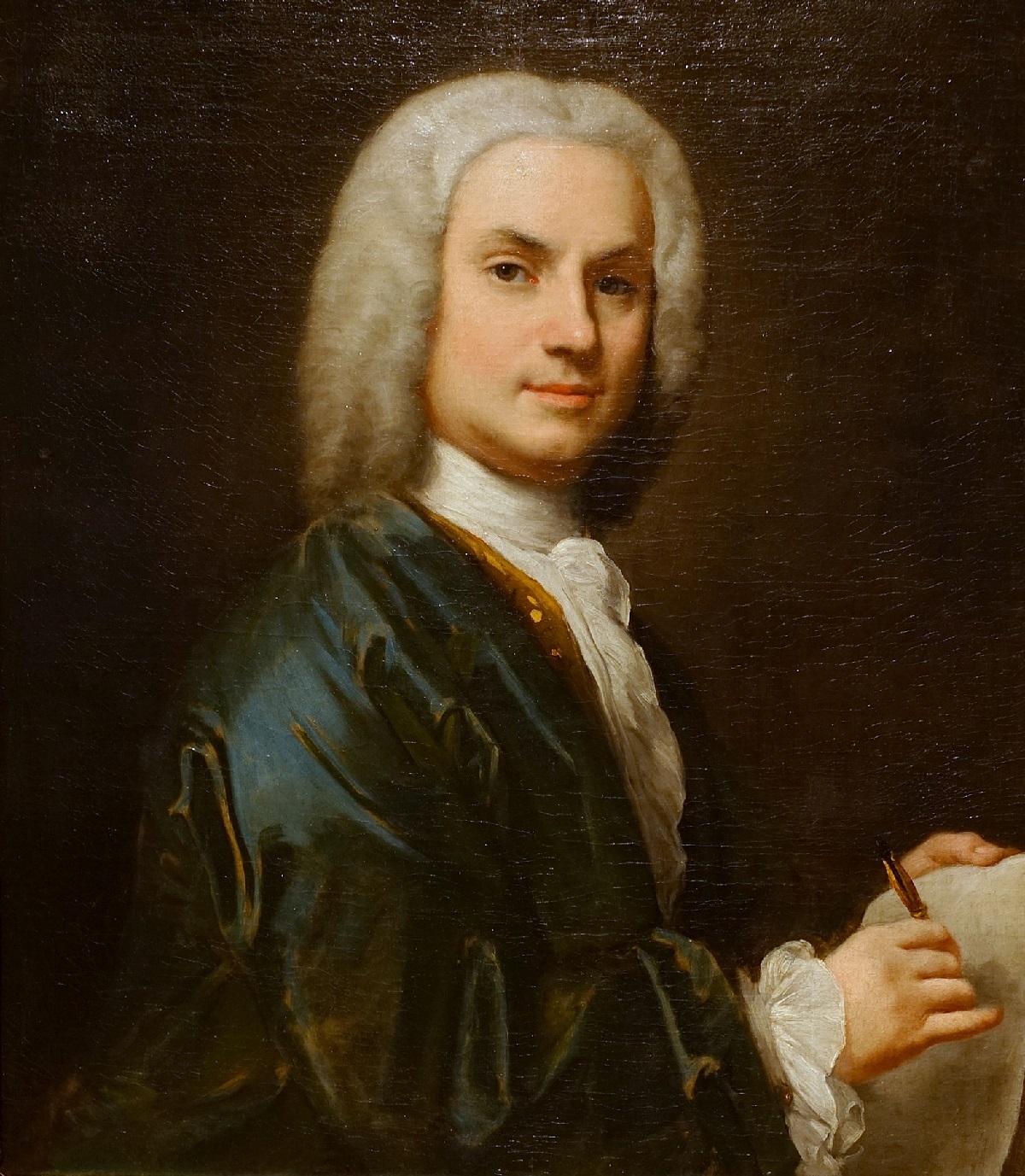
Jacopo Amigoni, also named Giacomo Amiconi, was an Italian painter of the late-Baroque or Rococo period, who began his career in Venice, but traveled and was prolific throughout Europe, where his sumptuous portraits were much in demand.
Bernardo Strozzi was an Italian Baroque painter and engraver. A canvas and fresco artist, his wide subject range included history, allegorical, genre and portrait paintings as well as still lifes. Born and initially mainly active in Genoa, he worked in Venice in the latter part of his career. His work exercised considerable influence on artistic developments in both cities. He is considered a principal founder of the Venetian Baroque style. His powerful art stands out by its rich and glowing colour and broad, energetic brushstrokes.
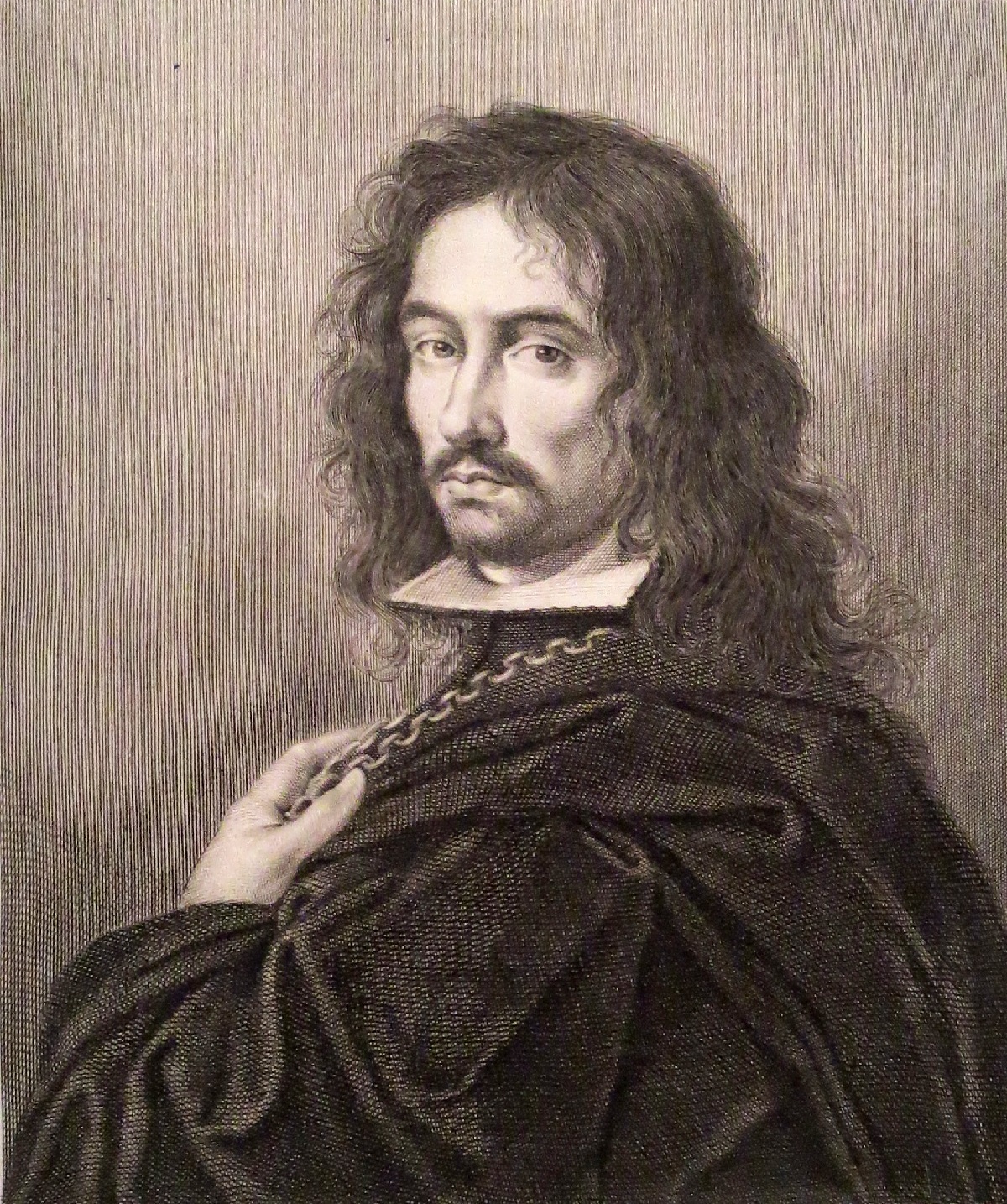
Luca Giordano, born on October 18, 1634, in Naples, emerged as the most celebrated Neapolitan painter of the late 17th century, known for his quick workmanship, which earned him the nickname "Luca Fa Presto" from his father's frequent admonitions to work quickly. His profound contribution to the development of Italianate landscape painting marked a significant chapter in art history.
Giordano's works are celebrated for their dynamic compositions, vibrant color palette, and the ability to infuse his subjects with vitality and emotion. His prolific career saw him working across Italy and Spain, leaving behind a legacy that includes monumental works such as the frescoes in the Palazzo Medici-Riccardi in Florence and the ceiling paintings in Santa Brigida Church in Naples. His late works, lighter and prefiguring the Rococo movement, were particularly influential and admired by later artists such as Fragonard.
Giordano's artistic prowess was not confined to a single genre; his oeuvre includes religious and mythological scenes, landscapes, and portraits. His versatility and ability to adapt his style to suit different subjects and patrons' preferences made him a pivotal figure in the transition from the Baroque to the Rococo style. Despite criticisms of superficiality due to his rapid execution, Giordano's work was fundamentally rooted in a deep understanding of his predecessors, combining the dramatic intensity of the Baroque with the emerging lighter Rococo aesthetic.
For collectors and experts in art and antiques, Luca Giordano's paintings represent a significant period in art history, bridging the gap between two major stylistic periods and reflecting the vibrant cultural exchanges of 17th-century Europe. His works, found in esteemed collections worldwide, continue to be studied and admired for their technical brilliance and artistic innovation.
To explore more about Luca Giordano's masterful contributions to the world of art and to stay updated on exhibitions or sales featuring his work, consider signing up for updates from art institutions. This subscription ensures enthusiasts and collectors are well-informed about developments related to Giordano's oeuvre, enhancing their appreciation and understanding of his enduring legacy.
